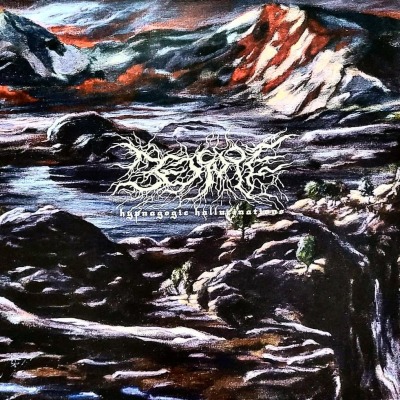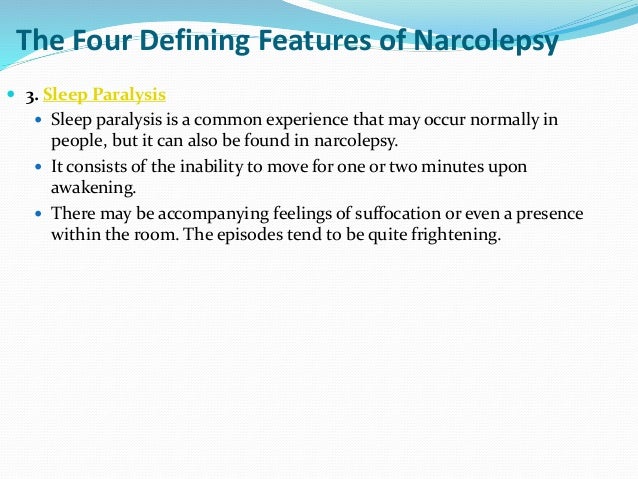
Hypnagogic hallucinations are not usually a risk to health but if they stop you from sleeping well or cause distress then it’s important to see a GP who may prescribe medication. Narcolepsy: hypnagogic hallucinations and sleep paralysis are trademark signs of narcolepsy.

#Hypnagogic hallucination how to#
Anxiety and insomnia: can be at the root and if may be advisable to speak to someone about how to deal with stress.Drugs and excessive alcohol consumption: these can produce hallucinations.It is quite rare and can be accompanied by leg jerks. – mentalhealthdaily.Although the name sounds horrific and painful, exploding head syndrome is a type of hypnagogic hallucinations where people hallucinate a very loud sudden noise (like an explosion) as they fall asleep. Pineal DMT: Due to the fact that hypnagogic hallucinations have been associated with paranormal phenomena, some have speculated that the brain releases DMT (dimethyltryptamine) via the pineal gland.

…If a person wants to extend the hypnagogic hallucinatory state, they’ll typically increase theta frequencies… “…During hypnagogic hallucinations, it is believed that brain waves transition from fast-paced, high frequency waves to slower-paced, low frequency waves… he alpha wave stage and later in theta.” – Wikipediaīelow are excerpts from an interesting article – “Hypnagogic Hallucinations: Causes, Types, & Treatment” in Mental Health Daily. Hypnagogia may involve a “loosening of ego boundaries … openness, sensitivity., Subjects are more receptive in the hypnagogic state to suggestion from an experimenter than at other times, and readily incorporate external stimuli into hypnagogic trains of thought and subsequent dreams. …something that you agreed with in a state of Hypnagogia may seem completely ridiculous to you in an awake state. Gustatory, olfactory and thermal sensations in hypnagogia have all been reported, as well as tactile sensations (including those kinds classed as paresthesia or formication). This happens when the REM atonia sets in sooner than usual, before the person is fully asleep, or persists longer than usual, after the person has (in other respects) fully awoken. Humming, roaring, hissing, rushing, zapping, and buzzing noises are frequent in conjunction with sleep paralysis.

Like the visuals, hypnagogic sounds vary in intensity from faint impressions to loud noises, like knocking and crash and bangs ( exploding head syndrome). Hypnagogic hallucinations are often auditory or have an auditory component. This effect has even been observed in amnesiacs who otherwise have no memory of the original activity… Sounds People who have spent a long time at some repetitive activity before sleep, in particular one that is new to them, may find that it dominates their imagery as they grow drowsy, a tendency dubbed the Tetris effect. …SightsĪmong the more commonly reported, and more thoroughly researched, sensory features of hypnagogia are phosphenes which can manifest as seemingly random speckles, lines or geometrical patterns, including form constants, or as figurative (representational) images. Mental phenomena that occur during this “threshold consciousness” phase include lucid thought, lucid dreaming, hallucinations, and sleep paralysis…. “Hypnagogia is the experience of the transitional state between wakefulness and sleep in humans: the hypnagogic state of consciousness, during the onset of sleep.


 0 kommentar(er)
0 kommentar(er)
